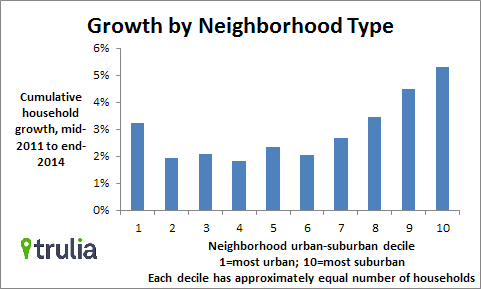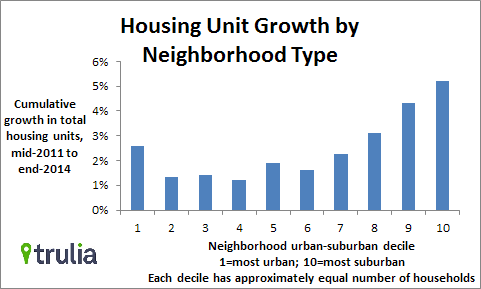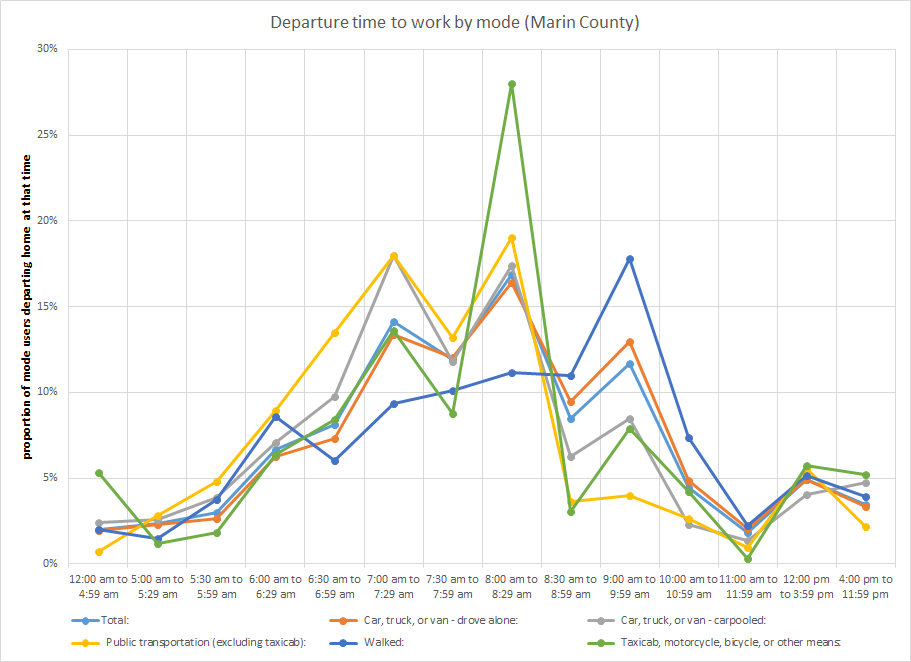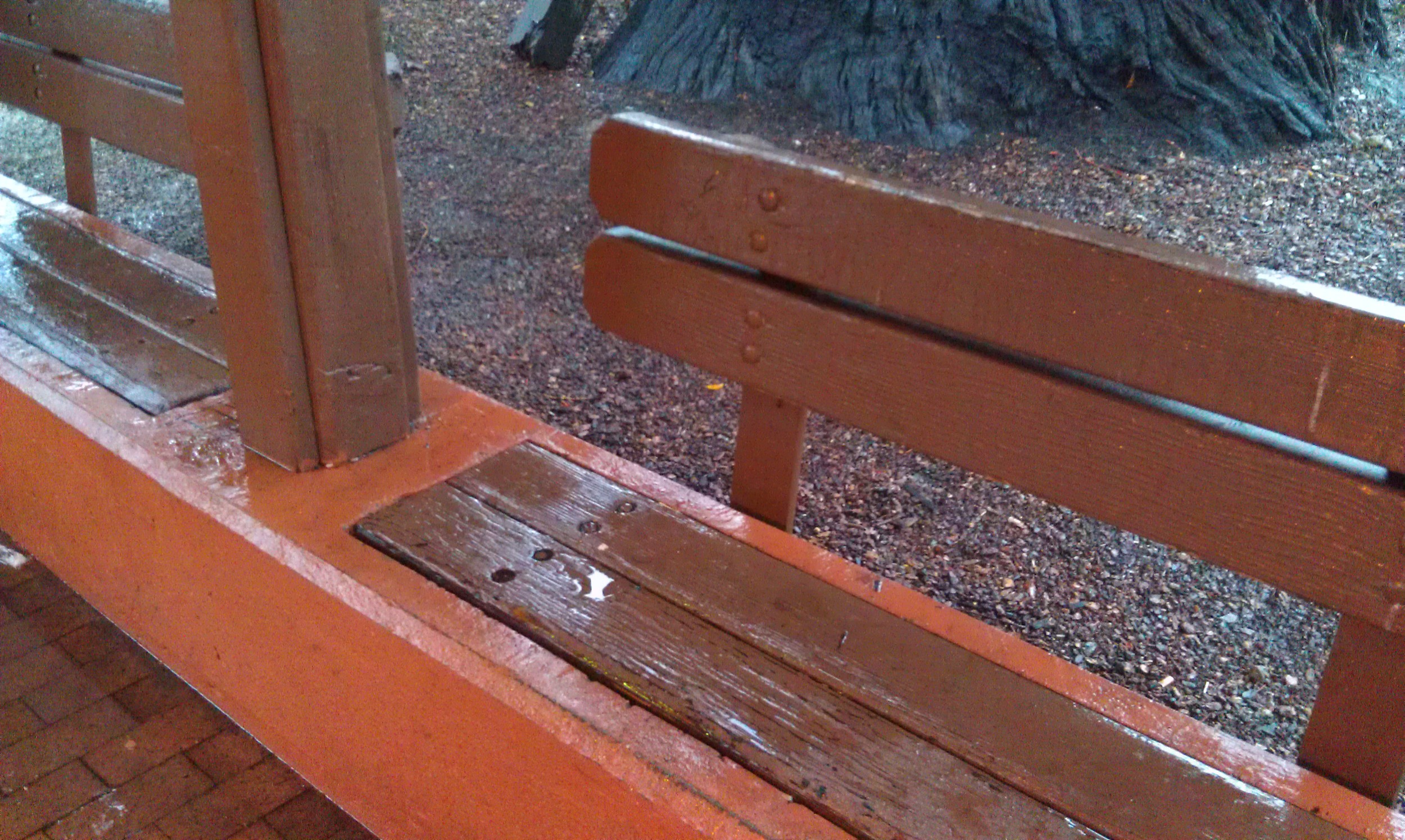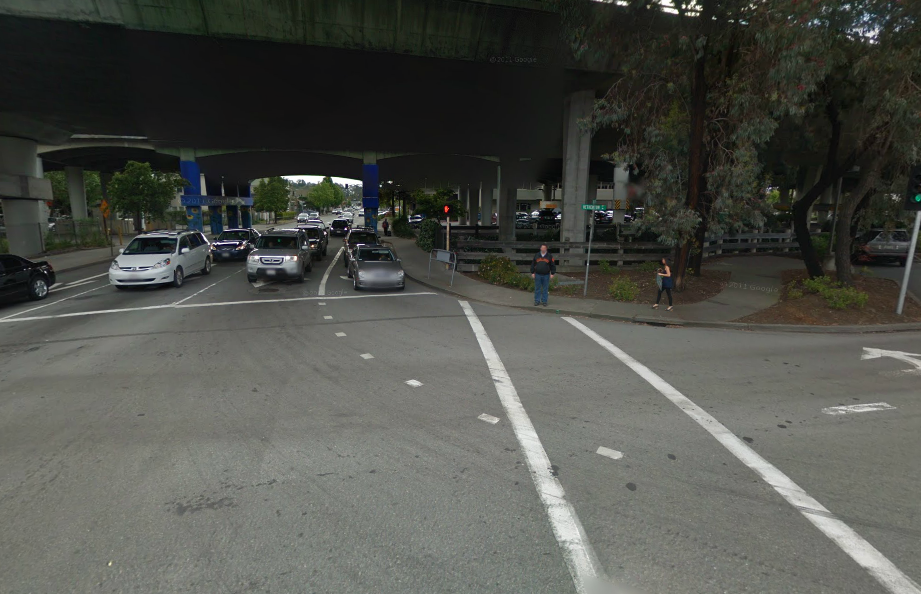Last week, San Anselmo came within inches of yet another disastrous flood. Perhaps it’s time to revisit the flood detention basin issue.
Background
After the flood in 2005, a plan was put forward to build a flood detention basin in Memorial Park which would protect the downtown from floods by temporarily diverting water to the park during heavy storms. The town received a $8.72 million state grant to build the $17.2 million basin and planning work began. In 2015, voters rejected Measure E – without downtown’s support – which would have allowed the use of Memorial Park as a basin. The flood zone board is now trying to figure out what to do instead.
Support for Measure E. Image by the Author.
Of those currently on the council, Matt Brown and Ford Greene oppose the conversion of the park. Councilmember Brown led the charge to pass Measure E. In the same election he also ousted now-former council member and basin supporter Doug Kelly. Councilmember Greene has consistently sided with Marin’s populists on issues such as affordable housing, zoning reform, transit, and the flood basin. Both have appeared at Citizen Marin and associated group meetings. The rest of the council (Kay Coleman, Tom McInerney, and John Wright) supported the conversion of the park [1] and presumably still would if it were a possibility.
Councilmember Brown is certainly unmoved by last week’s close call. To quote the IJ, “Brown said he and many other San Anselmo residents wisely chose not to buy property in the floodplain. He said spending millions of dollars to address flooding in the Ross Valley would be ‘tantamount to a bailout of somebody’s real estate decision.’” He also voiced skepticism that the town should even pay for flood mitigation: “[H]ow how much are we willing to pay to put that plan into place? This is a multimillion-dollar project, one that I believe the people have to decide if it’s worth implementing.” [2]
Councilmember Greene doubts that the basin system would even make a difference but advocates instead for another basin in Fairfax and the demolition of 636 San Anselmo Avenue, which straddles the creek. [3] This is one of the proposals currently undergoing public comment.
What now?
The basin would have been part of the work plan for Flood Control District 9, the board charged with reducing flood risk in Ross Valley, but the rest of the work plan is still proceeding. This includes raising bridges in San Anselmo, Ross, and Fairfax; creating flood detention basins at Loma Alta and Lefty Gomez Field in Fairfax; creating additional storage capacity at Phoenix Lake; and improving the creek channel in Ross and Larkspur. [4] The conversion of Lefty Gomez Field has already inspired opposition. [5]
Of course, the Memorial Park basin was part of the overall flood mitigation strategy for the watershed and, with its demise, an alternative needs to be found. There are four alternatives currently before the district board, each of which costs approximately the same as the Memorial Park conversion. You can read all about them here, but the gist of them is that each would be disruptive somewhere. The No Basin Alternative involves heavy roadwork on the Sir Francis Drake Boulevard bridge. The Sleepy Hollow alternative involves a detention basin at Brookside Elementary. Councilmember Greene’s preferred alternative would involve at least partially demolishing two of downtown San Anselmo’s iconic buildings. [6]
It is a shame that downtown San Anselmo has to endure not just neglect from its neighborhoods but active opposition to its success. A town ought to be more than a commodity to be used but a community that sticks together and looks out for one another. Downtown is supposed to be the heart of that community.
Works Cited
[1] Richard Halstead, “Dueling Ballot Measures over Flood Control Divide San Anselmo,” Marin Independent Journal, September 26, 2015; Peter Seidman, “Shelter from the Storm,” Pacific Sun, May 4, 2015.
[2] Richard Halstead, “Ross Valley Flood Scare Brings Calls for Action,” Marin Independent Journal, January 13, 2017.
[3] Ibid.
[4] Marin County Department of Public Works, “FZ9 Project Fact Sheets,” Marin County Watershed Program, accessed January 18, 2017.
[5] “Save Lefty Gomez Field,” accessed January 18, 2017.
[6] Liz Lewis, “Update-Analysis of Replacement Project Alternatives for DWR Grant” (San Anselmo, CA: Flood Control Zone 9 Advisory Board, June 21, 2016).


